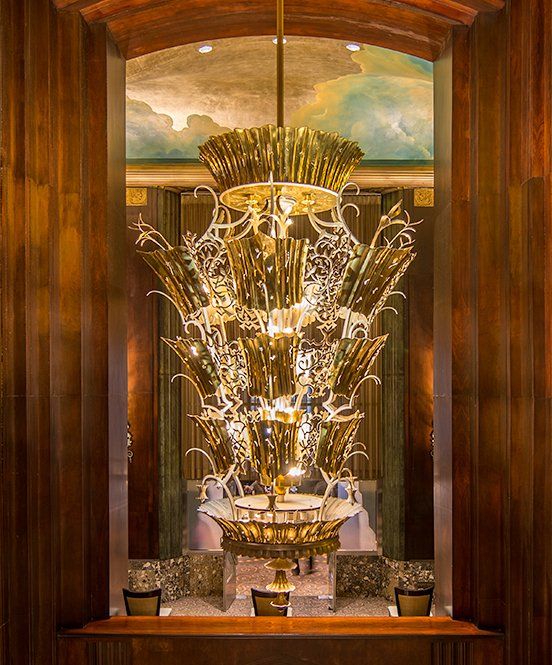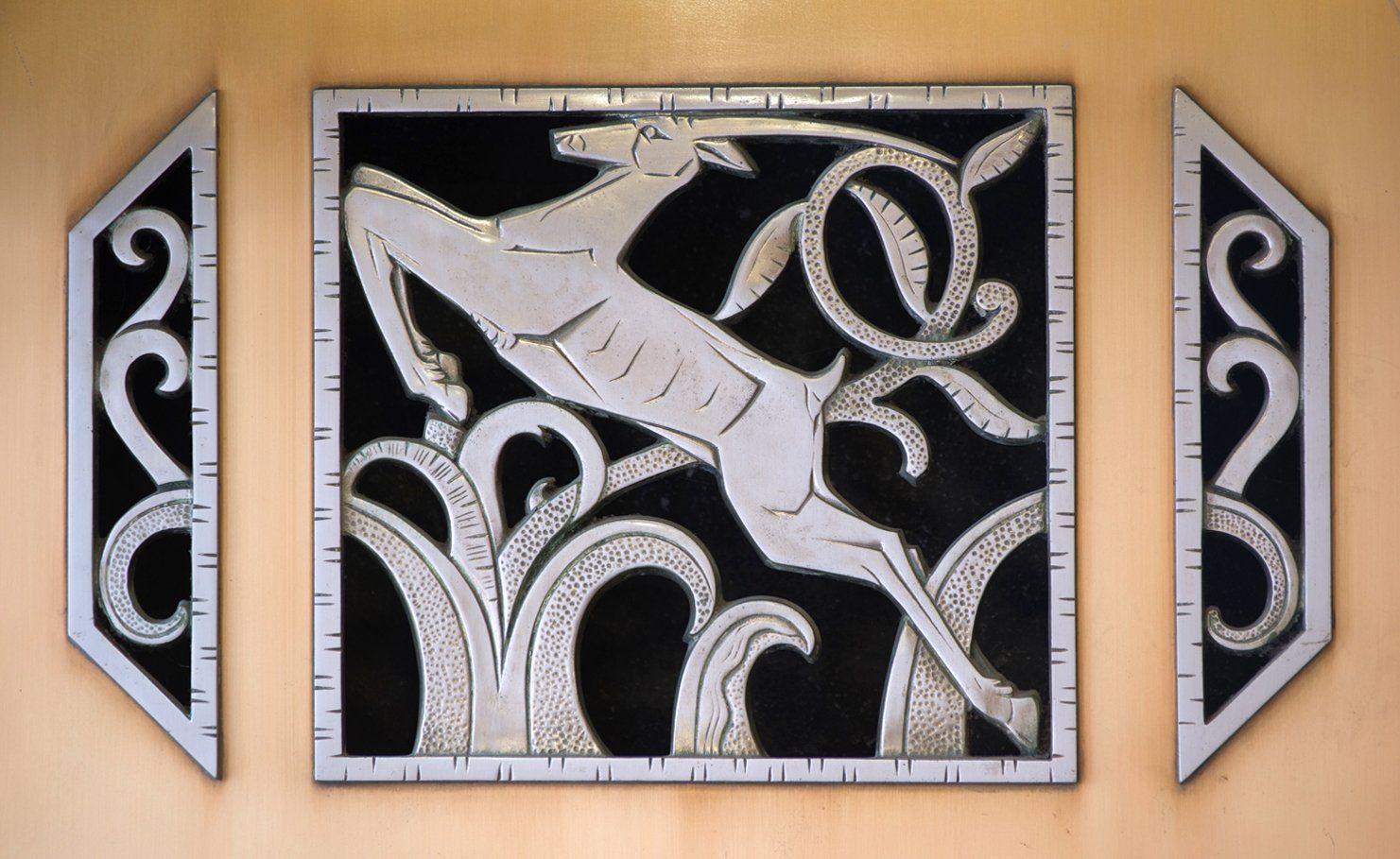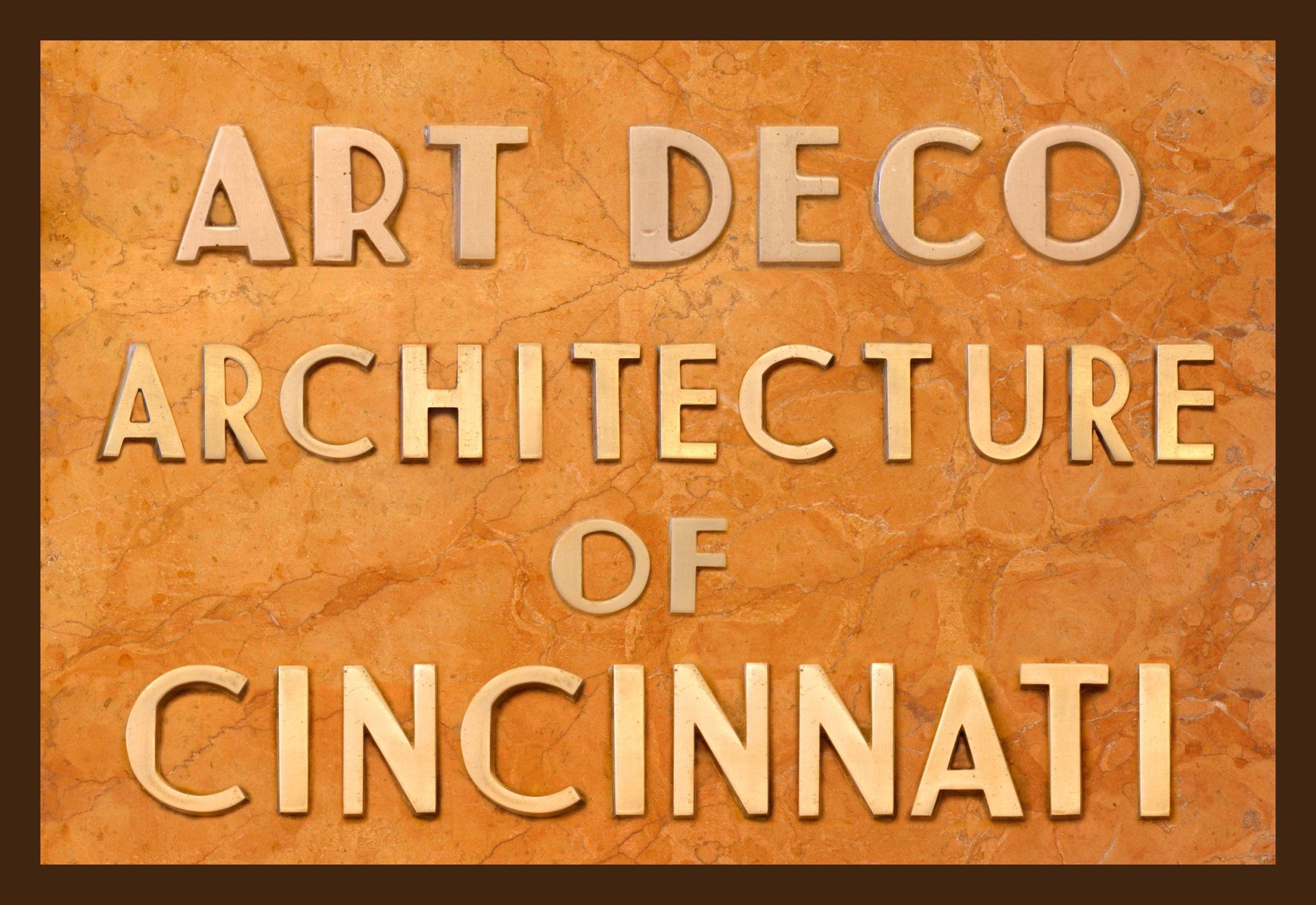Cincy Deco Blog

The Seeing the Light… of Art Deco by Paul Muller The day FotoFocus announced their theme for the 2020 biennial I was fortunate enough to be sitting in a room filled with photographers, artists, gallery directors, and curators. When they announced that the theme for the 2020 biennial as “light and…“ I remember thinking that it covered a lot of ground. It occurred to me that all photography, or at least all that came to mind, involved light. Later I realized that are two parts to the way FotoFocus uses their themes. First, they want to cast the net as widely, welcoming as many people and viewpoints as possible. Then it is up to the participants to bring specificity to the theme. FotoFocus offers an inclusive framework and encourages the artistic community to bring diverse, individualized interpretations. This exhibition on the Art Deco architecture of Cincinnati is an example of how the broad scope and specific focus can work. At Cincinnati Preservation Association, we were very happy when J. Miles Wolf invited us to collaborate on an exhibition of his photography of the art deco architecture. As we developed the exhibition it became clear how well the prompt worked. Light and ...the Art Deco Architecture of Cincinnati set a rich foundation for the exhibition. Reflecting, Emitting and Evoking Light Light is a central feature of Art Deco. And yes, it is part of all architecture where shade, shadow and edges have been used to evoke emotion and to render objects as three-dimensional forms since antiquity. But in the architecture of Art Deco light also has an explicit role. The style, which emerged and flourished in the period between the two world wars, celebrated a sense of renewal, of forward progress propelled by emerging technology, machinery and by society’s desire to leave the horrors of the great war behind. There was also a celebration of newness and speed. They were in a hurry to unknown but hopeful future. This impatience shows up in the depictions of speed through shapes and symbolic reverences that often appear in Art Deco designs. Artists and architects captured the spirit of the times as they altered and transformed historic design motifs. They used light in creative ways as part of this new exploration. The photographs of Miles Wolf give us a chance to see and enjoy this moment at close range. One of the ways in which Art Deco uses light is by reflection off of surfaces. The designs are filled with shiny materials, shapes designed to reflect and intensify ambient light and return it to the viewers eye. Light was also employed as a radiating source emitting from light fixtures, chandeliers, and, in Cincinnati ‘s case, even the beacon at the top of the Post Times Star Building. The third way light appears in Art Deco is as a symbol. It is depicted symbolically in the form of rays, suns and even lightning bolts. The optimism of the age found a powerful symbol in sun rises and rays bursting through storm clouds. After the Great War artists and architects were eager to focus on a bright new horizon. You can find light rays in many of the photographs of the exhibition. They are one of the more common motifs in Art Deco design. The rotunda at Union Terminal might be the most immersive applications of this symbolism. Its depiction of light graded across an arching horizon is an exuberant experience that, to this day, has a powerful impact on anyone entering the building. The exhibition presents Art Deco in a way that feels both familiar and new. We are very familiar with the style and our Cincinnati Art Deco treasures. When I first viewed Miles Wolf’s photographs for the exhibition, I felt I was seeing the buildings and details for the first time. We are lucky to have this treasure of Art Deco architecture in Cincinnati and we’re lucky that we have J. Miles Wolf to show it to us in such a new way. Something familiar becomes completely new when the artist shares a particular, intensely personal, vision with others. And we are very grateful for the support of the exhibition by FotoFocus and to the Cincinnati History Library and Archives of the Cincinnati Museum Center for contributing historic photographs to the exhibition. We hope you find some new aspects of Cincinnati Art Deco architecture to enjoy. Paul Muller, AIA Executive Director, Cincinnati Preservation Association .

To my eye, the beauty of Art Deco architecture is in the details. In the 1920’s, 30’s and early 40’s, ornamental art gracing the facades and interiors gave buildings a sleek, modern feel. The Cubism and Modernism movements of the arts influenced architecture, resulting in the sharp-edged angular designs found on Art Deco buildings. Just as art was evolving, so was architecture and the Moderne or Art Deco period was born in France in the early 1920’s. It was brought to the world’s attention at the 1925 International exhibition of Modern Decorative and Industrial Arts in Paris. There is more that defines Art Deco than art, but lets concentrate on ornamental art as one of its major components. The art was meant to tell a story about the building; from simple geometric patterns above a door, to elaborate figurative and conceptual art, those artistic touches all served a purpose of conveying a modern look to the buildings. Many Art Deco buildings are richly embellished with hard-edged, low-relief designs: geometric shapes, including chevrons and ziggurats; and stylized floral and sunrise patterns. Shapes and decorations inspired by Native American, Egyptian and Mayan art influenced patterns used in the architecture. Stylized art on modern sleek buildings is what gave Art Deco the fame and following it enjoys today. I love how the art gives the passerby a hint of what is happening inside the buildings. In Cincinnati, the Times-Star building shows the history of printing and newspapers with its figurative art carved in stone and cast in metal. The Cincinnati Bell Building with its telephones and headsets in its façade frieze promote the idea of communication. The Carew Tower celebrates the Machine Age with its bold Vine Street entrance and the exuberance of French Art Deco in the Netherland Plaza Hotel. The Union Terminal celebrates transportation and industrialization on a monumental scale. The Kellogg Building, a former bakery, promotes its business with interesting wheat patterns. Architectural art of the Art Deco period was created by artists working in different mediums, such as stone, metal, plaster, wood, paint and even linoleum, cork and glass. The metalwork is most fascinating to me; I love the way craftsmen mixed copper, zinc and other metals in different ratios to create different colored bronzes and alloys. The different colored metals were used to create contrast on their elaborate creations. So, next time you r are in downtown Cincinnati, take some time to visit the Art Deco masterpieces: The Carew Tower, The Hilton Netherland Plaza at Fifth and Vine, The Cincinnati Bell Building at 35 W Seventh Street, The Times-Start Building at 800 Broadway and the American Building at 35 W Central Parkway. Enjoy the overall architecture of these buildings with their stepped-back designs, tall vertical recessed windows and the smooth texture of their facades, but be sure to look for the art that embellishes these buildings. Another stop just a mile from downtown should be the Cincinnati Union Terminal; there you can visit a unique world-class building that helps define Art Deco architecture in America. J. Miles Wolf October 2020
